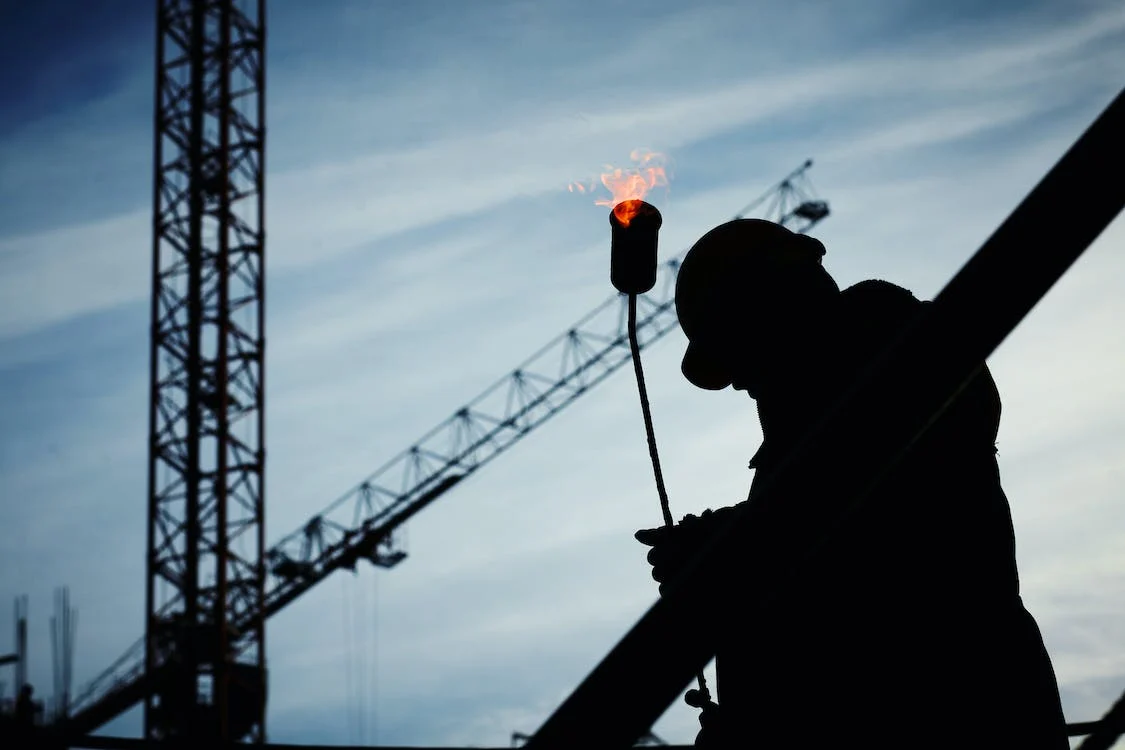In the construction industry, the safety and satisfaction of workers are pivotal to the success of any project. These frontline workers are the backbone of the industry, and their well-being directly influences productivity, quality of work, and the overall timeline of construction projects. Ensuring the safety of construction workers is not just a regulatory requirement but a moral imperative for companies aiming for excellence and integrity. Moreover, a satisfied workforce is more likely to stay committed to their roles, reducing turnover rates and fostering a positive company culture. In an industry that is as demanding and hazardous as construction, adopting strategies to keep workers safe and satisfied isn’t just good policy—it’s essential for sustainable success.
-
Implementing Comprehensive Safety Training Programs
Safety training is a non-negotiable aspect of construction work, and comprehensive programs are the bedrock of any safety strategy. Construction companies must ensure that every worker, from the newest recruit to the seasoned veteran, has access to training that is both thorough and up-to-date. However, it’s not enough to provide the information; it must be delivered in a way that engages workers and encourages retention.
Interactive training sessions, real-life simulations, and frequent refreshers can help in cementing safety protocols in workers’ minds. Additionally, training should be seen as an ongoing process, not a one-time event. Regularly scheduled training sessions can keep safety front and center, ensuring that workers are always equipped with the knowledge to protect themselves and their colleagues.
-
Providing Quality Living Conditions
For projects located in remote areas, providing quality living conditions is crucial for maintaining a workforce that is both safe and satisfied. For instance, an oilfield man camp, which offers comfortable living quarters for workers, can play a significant role in achieving this. These camps provide a home away from home with amenities designed to support the physical and mental well-being of workers. After long hours on the job, workers can retreat to an environment where they can rest and recharge, which is essential for maintaining high safety standards on the job site.
Such accommodations also demonstrate a company’s commitment to its employees’ welfare, going beyond the bare minimum of safety compliance. By investing in proper living conditions, companies can boost morale and create a sense of community among workers, leading to increased job satisfaction and a more cohesive team environment. When workers feel that their comfort is a priority, they’re more likely to approach their work with a positive attitude and a commitment to safety.
-
Investing in High-Quality Safety Equipment
When it comes to construction, the right personal protective equipment (PPE) can mean the difference between a safe worker and a safety statistic. Investing in high-quality safety gear is an investment in the workforce. Helmets, safety glasses, gloves, and other protective wearables should be non-negotiable items on any construction site. These pieces of equipment protect workers from the myriad of hazards they face daily, from falling debris to electrical shocks.
Selecting the right equipment involves more than picking the most expensive option; it means choosing gear that is suited to the specific demands of the job and the preferences of the worker. Comfort and fit are key to ensuring that PPE is worn correctly and consistently. When workers are provided with top-tier safety equipment that is comfortable and functional, they feel valued and protected, which enhances their satisfaction and adherence to safety protocols. Regular inspections and maintenance of this equipment are also necessary to ensure that it provides the intended protection at all times.
-
Fostering Open Communication and Feedback
Creating an environment where open communication is encouraged can significantly enhance safety and satisfaction on the construction site. Workers should feel comfortable bringing up safety concerns and confident that their voices will be heard and acted upon. This two-way communication channel not only helps in identifying potential hazards before they lead to incidents but also promotes a culture of mutual respect and trust.
Regular safety meetings where feedback is solicited and valued can be an effective strategy. These meetings should be seen not as a formality but as a crucial platform for collaborative problem-solving. When workers contribute to safety discussions, they take ownership of their environment, and this proactive engagement can lead to innovative solutions that management might not have considered. Recognizing and rewarding workers for safety suggestions also reinforces the importance of their input, leading to ongoing participation and a workforce that is truly invested in creating a safe workplace.
-
Offering Competitive Compensation and Benefits
Compensation and benefits play a significant role in worker satisfaction and, by extension, safety. Fair wages demonstrate that the value of workers is recognized, and a comprehensive benefits package shows a commitment to their overall well-being. When workers feel that they are fairly compensated, they are more likely to be engaged with their work and committed to the company’s success.
Benefits such as health insurance, retirement plans, and paid time off are not just perks but essential components of a satisfied workforce. These benefits can help alleviate the stress that comes with the physically demanding nature of construction work. Furthermore, offering competitive compensation helps in attracting and retaining the best talent, ensuring that the workforce is skilled and experienced, which is essential for maintaining high safety standards.
Conclusion
The construction industry is inherently risky, but with the right strategies in place, it’s possible to create a work environment that prioritizes safety and nurtures worker satisfaction. Providing quality living accommodations, comprehensive safety training, top-notch equipment, a platform for open communication, and competitive compensation are all vital pieces of this puzzle. These strategies not only foster a safer workplace but also contribute to a more loyal and content workforce. By implementing these measures, construction companies can ensure that their most valuable assets—their workers—are protected and appreciated, leading to better outcomes for everyone involved.





